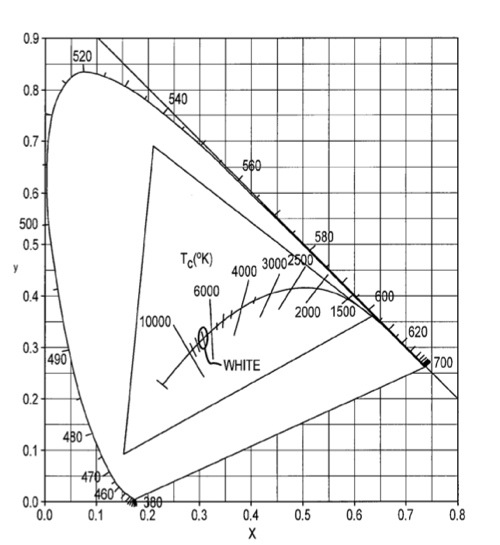By Greg Mills
I am not an engineer or nuclear expert, so my common sense solutions might have valid explanations for why they were not done. As the news gets more grim from the nuclear disaster zone that is northern Japan, some of the problems seem to beg simplistic solutions that seem to have been overlooked in the planning stages of those plants.
While they planned well for a large earthquake, common sense is that along with a large earthquake a tsunami is not an unusual event in Japan. Both happening at once is what really threw a monkey wrench into the current situation. Hindsight is always 20/20 so here goes:
1. The first issue is the density of the individual reactors, where one nuclear plant’s emergency high radioactivity can keep workers away from all three other active reactors. Those other reactors also need constant attention to avoid melting down. With as many as four reactors in one complex, the worst case situation, where one reactor core melting down keeps operators away from them all is very poor planning. Radiation declines on an inverse square (not taking wind into account). The prevailing wind is presumably out to sea, so that is not good, but better than irradiating Tokyo. If there were four smaller reactor plants spread a few mile apart, the magnitude of disaster could be reduced, as each is more of a separate issue.
2. The second issue is that the automatic shutdown systems of the reactors in case of an earthquake might have actually precipitated the problem. Reactors naturally produce gobs of electrical power when operational, that is normally used to cool themselves down. That power, from even one operating reactor could be tapped to power the cooling systems of all the reactors that are failing, if even one was still working normally. Had they not all been shut down preventively, the damage might have been insignificant.
3. The third issue is that while the reactors themselves seemed to withstand the tsunami without damage, the backup diesel generators weren’t as well protected. Being inundated with a 30-foot high wave of saltwater and mud is well beyond the operational limits of such generators. Had there been back up generators stored inside the reactor buildings that survived the tsunami, the meltdowns could certainly have been prevented. The backup generators being lost early on were key to this entire disaster. The third line of cooling power, batteries had only helped a short period of time.
4. The fourth issue is that some problems with overheating the rods occurred when of all things, one of the backup diesel generators was allowed to run out of fuel? That is certainly preventable.
5. The fifth issue is the design of the reactor buildings didn’t anticipate emergency cooling conditions where helicopter drops of cool water into the buildings would be required to prevent meltdown. They are actually using the hole in the reactor building from uncontrolled explosions to drop the water though. What if a sink like area of the roof was designed to allow arial drops of emergency cooling water that is ducted to flow water to the area where it might be needed in an emergency like this?
6. The sixth issue is also related to density, where a storage pond for spent rods is so close the reactor it may have resulted in the rods burning. Spread out the risky element of the plant. If the storage pool was a few hundred feet further away, perhaps the rods wouldn’t have burned and some portion of the radio active release could have been prevented.
7. What if nuclear reactors were built on platforms like oil wells? In case of a meltdown you could simply submerge the darn thing. While not a good thing to pollute the ocean, it is able to mix and dilute radiation with much lower danger to man.
8. I understand Boron can neutralize a reaction. Is there a large layer of Boron under the reactor chambers? If the rods melt down would hitting a large supply of Boron help neutralize the reaction more than concrete and steel, that seem to just melt?
That’s Greg’s Bite for today.
(Greg Mills is currently a graphic and Faux Wall Artist in Kansas City. Formerly a new product R&D man for the paint sundry market, he holds 11 US patents. Greg is an Extra Class Ham Radio Operator, AB6SF, iOS developer and web site designer. He’s also working on a solar energy startup using a patent pending process for turning waste dual pane glass window units into thermal solar panels used to heat water see: www.CottageIndustySolar.com Married, with one daughter, Greg writes for intellectual property web sites and on Mac/Tech related issues. See Greg’s art web site at http://www.gregmills.info He can be emailed at gregmills@mac.com)





